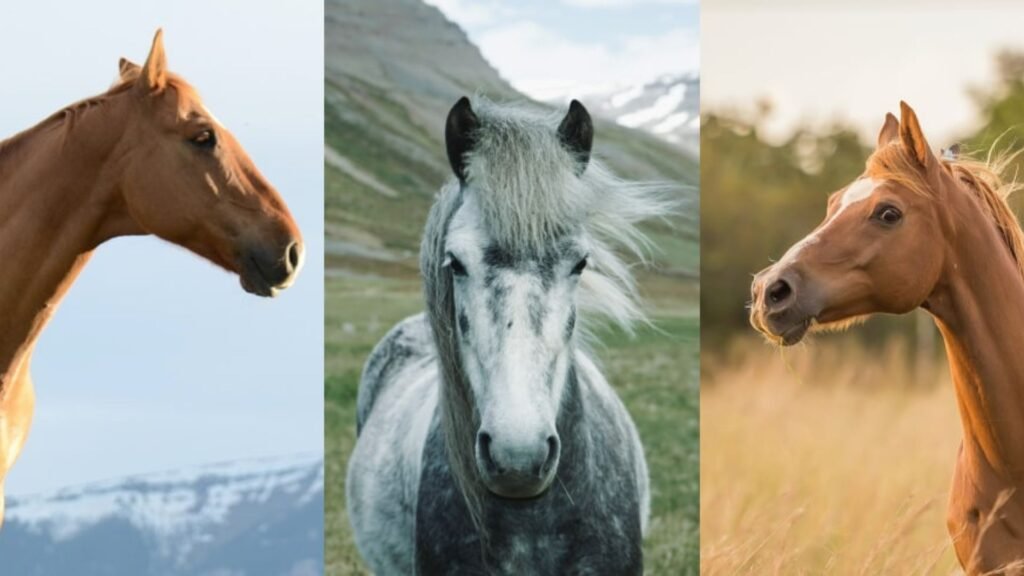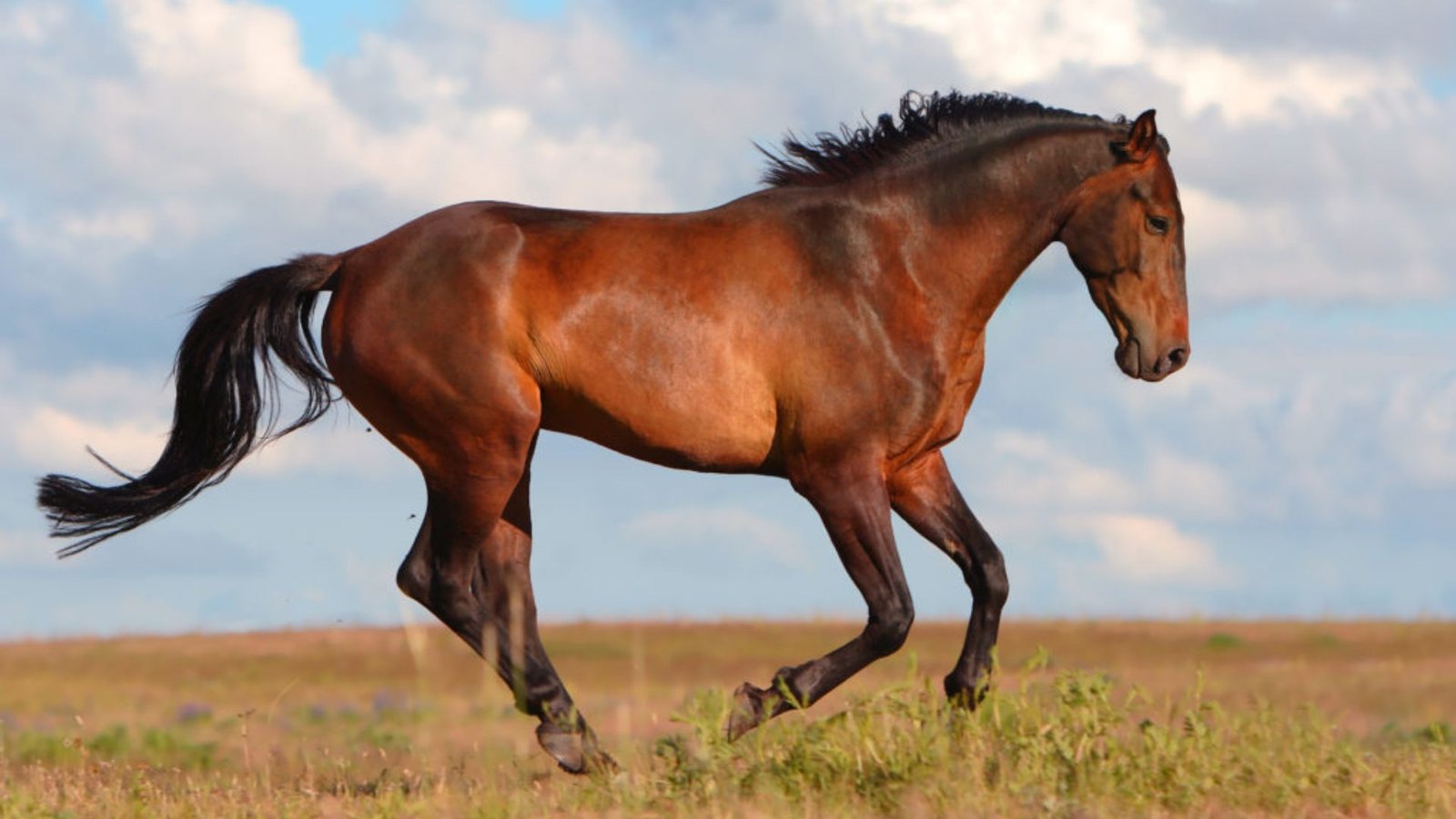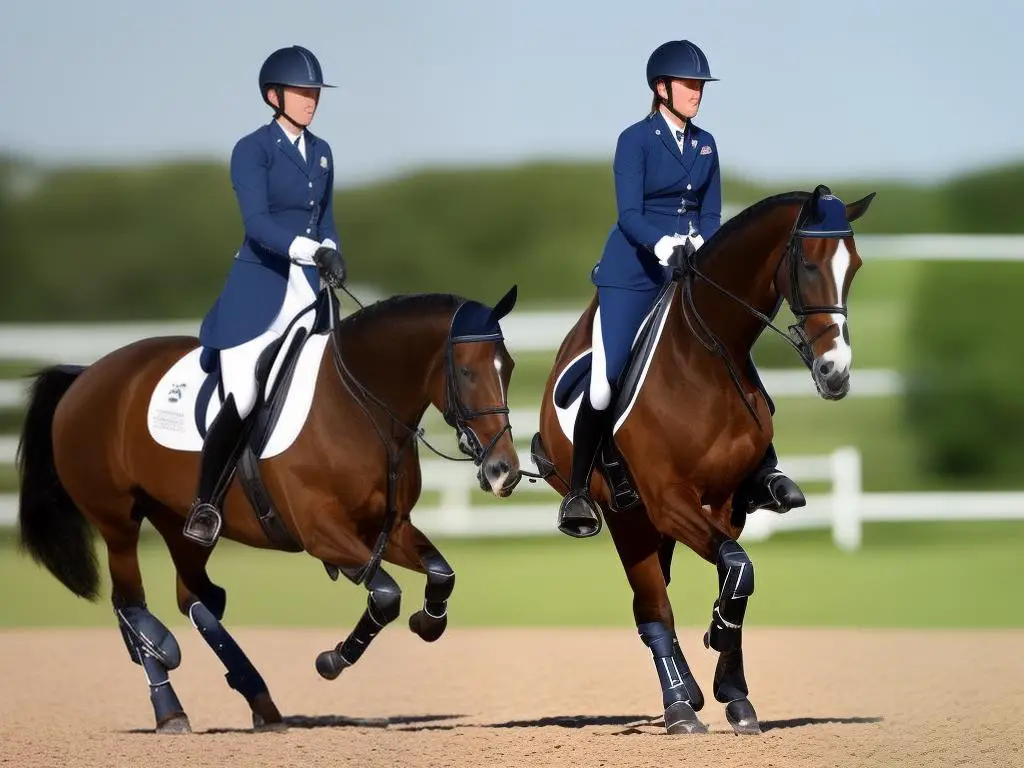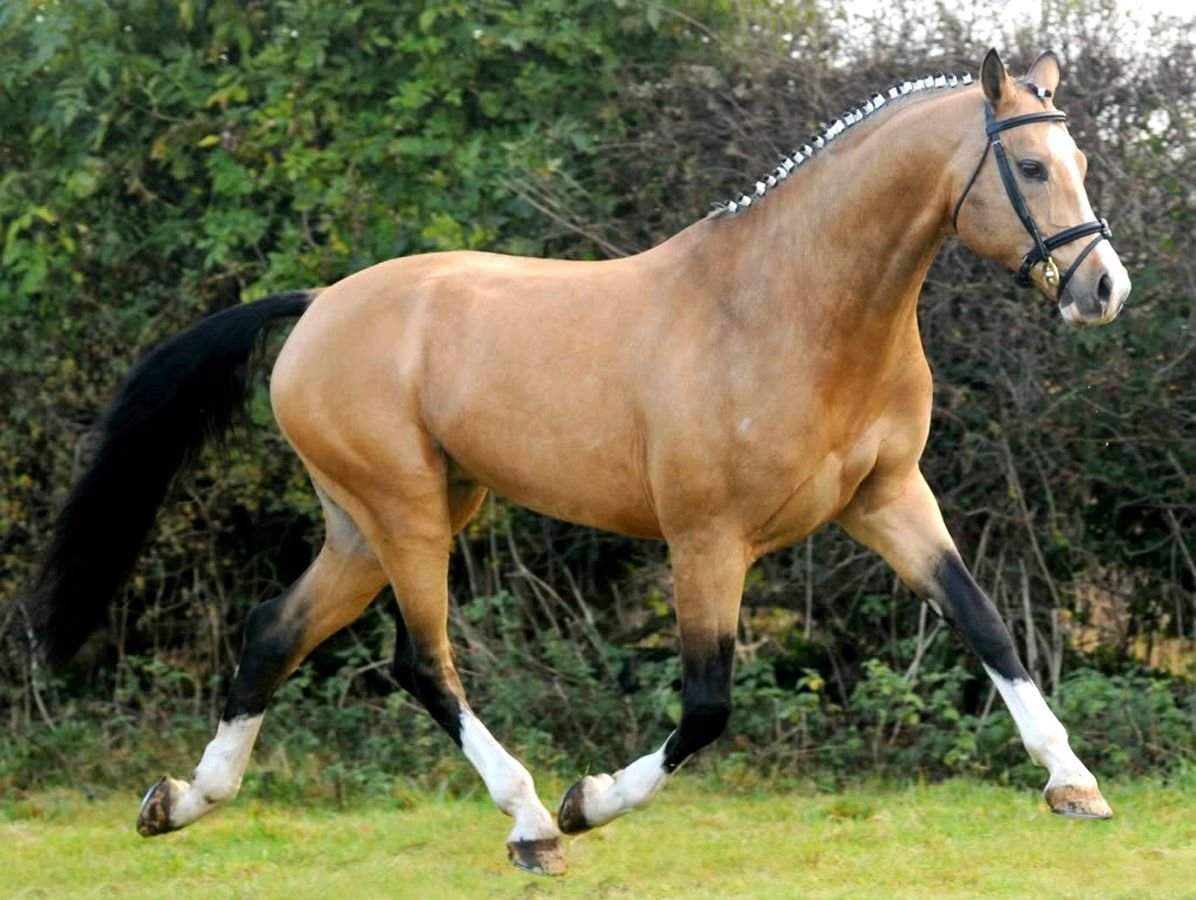When it comes to horses, the terms warmbloods, coldbloods, and hotbloods refer to distinct types of breeds based on their temperaments, physical characteristics, and historical development. Understanding these categories helps horse owners, breeders, and enthusiasts choose the right breed for specific needs, whether it’s for performance, work, or companionship. In this article, we will explore the key differences between warmbloods, coldbloods, and hotbloods, focusing on their characteristics, temperament, and uses.

What Are Warmbloods?
Warmblood horses are typically bred for a balance of strength, stamina, and agility. These horses are a blend of both cold and hot blooded horses and are often the product of crossbreeding between lighter, more agile breeds (hotbloods) and heavier, more powerful breeds (coldbloods). The result is a horse that is known for its versatility, athleticism, and calm nature.
- Characteristics: Warmbloods generally have a medium to large frame with muscular build and a calm, trainable temperament. They tend to be highly adaptable, excelling in a variety of disciplines such as dressage, show jumping, eventing, and driving.
- Temperament: Warmbloods are often described as being intelligent, easygoing, and eager to please. Their friendly and calm demeanor makes them suitable for both competitive and leisure riding.
- Uses: Warmbloods are commonly used in competitive sports, especially those requiring precision, agility, and stamina. They are also popular choices for equestrian disciplines like dressage and show jumping due to their athletic ability and cooperative nature.
What Are Coldbloods?
Coldblood horses, also known as draft horses, are large, heavy-built horses originally bred for farm work, pulling carriages, or other labor-intensive tasks. These breeds are typically calm and strong, suited for carrying heavy loads over long distances.
- Characteristics: Coldbloods are characterized by their large size, thick coats, and powerful physiques. They have broad chests, muscular necks, and solid hooves that make them ideal for pulling heavy loads. Common examples of coldblood breeds include the Clydesdale, Percheron, and Belgian draft horses.
- Temperament: Coldbloods are known for their calm, steady, and easygoing nature. They are generally docile and patient, making them excellent for beginners or those who prefer a slower, more predictable ride.
- Uses: Coldbloods are primarily used for heavy work, including farm labor, forestry, and pulling wagons or plows. Though not typically used for competitive sports, they can participate in activities like draft horse competitions, pulling events, and driving events.
What Are Hotbloods?
Hotbloods are horses that are known for their speed, agility, and energetic temperament. These horses have been bred to be fast and responsive, often for racing or high-performance riding. Hotbloods are typically lighter and more refined than coldbloods and warmbloods, with a focus on endurance and quick movements.
- Characteristics: Hotbloods are often medium to light in build, with sleek, muscular bodies that emphasize speed and stamina. Their refined features make them well-suited for activities requiring agility and speed. The most famous examples of hotbloods include the Arabian and Thoroughbred horses.
- Temperament: Hotbloods are known for their fiery and spirited personalities. They are intelligent and quick to react, making them highly trainable but requiring an experienced handler. Their high energy and sensitivity make them ideal for experienced riders who are looking for a responsive, high-performance horse.
- Uses: Hotbloods are commonly used in racing, endurance riding, and high-level competition, particularly in disciplines like show jumping and eventing. Their speed and agility are unmatched in competitive sports, which is why they are favored for events that demand quick responses and stamina.
Key Differences Between Warmbloods, Coldbloods, and Hotbloods
Now that we’ve explored the individual characteristics of warmbloods, coldbloods, and hotbloods, let’s compare them side-by-side:
| Aspect | Warmbloods | Coldbloods | Hotbloods |
|---|---|---|---|
| Build | Medium to large, muscular, balanced | Large, heavy, solid, powerful | Light to medium, lean, refined |
| Temperament | Calm, intelligent, adaptable | Calm, steady, docile | Energetic, sensitive, spirited |
| Uses | Dressage, jumping, eventing, leisure | Farm work, draft work, pulling, driving | Racing, endurance, competitive riding |
| Famous Breeds | Dutch Warmblood, Hanoverian, Trakehner | Clydesdale, Percheron, Belgian | Arabian, Thoroughbred, Akhal-Teke |
| Energy Level | Moderate | Low | High |
| Training Level | Easy to moderate for experienced riders | Suitable for beginners or light work | Best suited for experienced riders |
Conclusion
In conclusion, warmbloods, coldbloods, and hotbloods each have unique characteristics that make them suited to different tasks, riders, and environments. Understanding these key differences will help you choose the right horse for your needs, whether you’re looking for a high-performance athlete, a steady workhorse, or an adaptable all-rounder. No matter which type you choose, it’s important to match the horse’s temperament and abilities to your experience level and riding goals to ensure a positive and fulfilling partnership.











